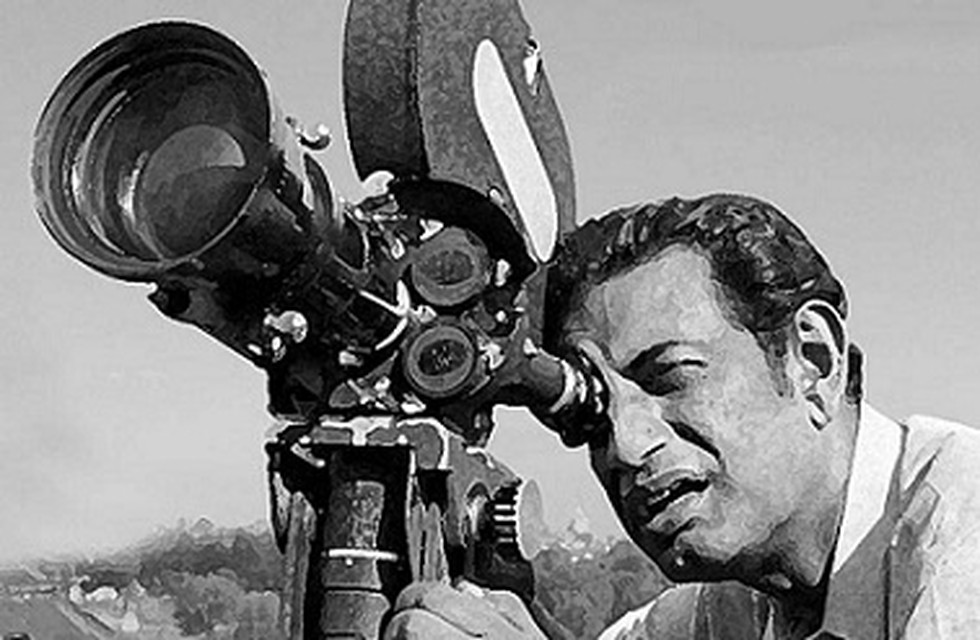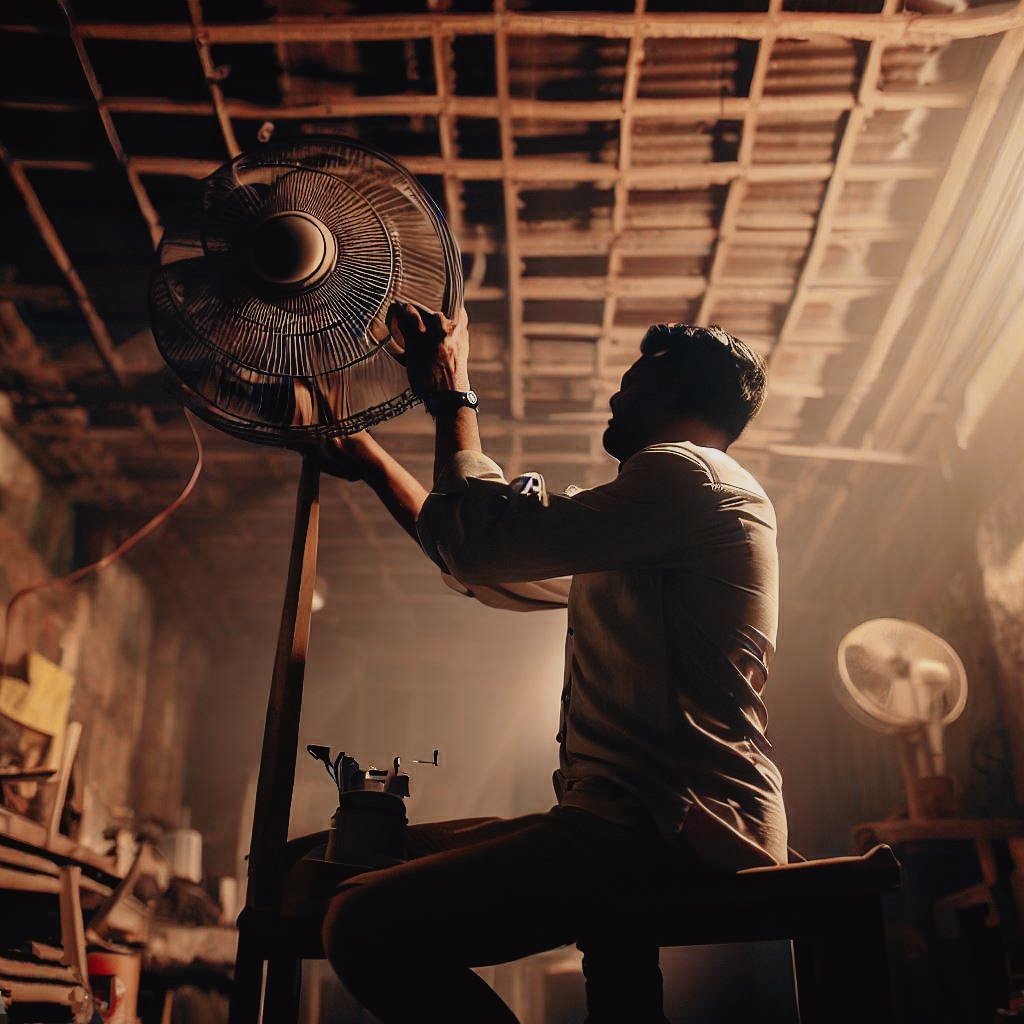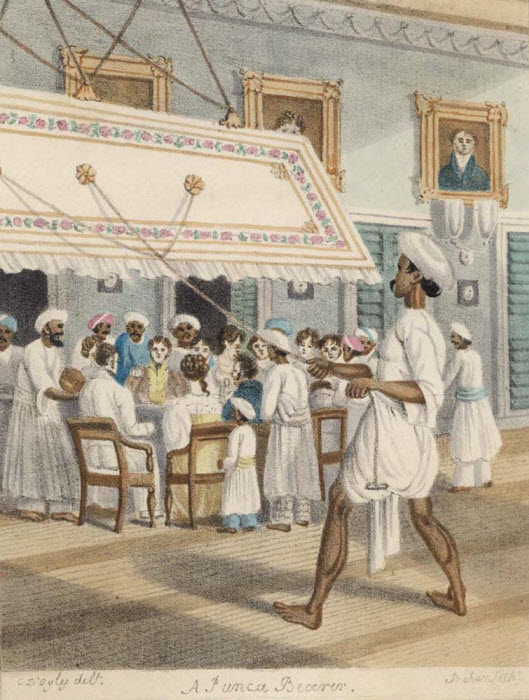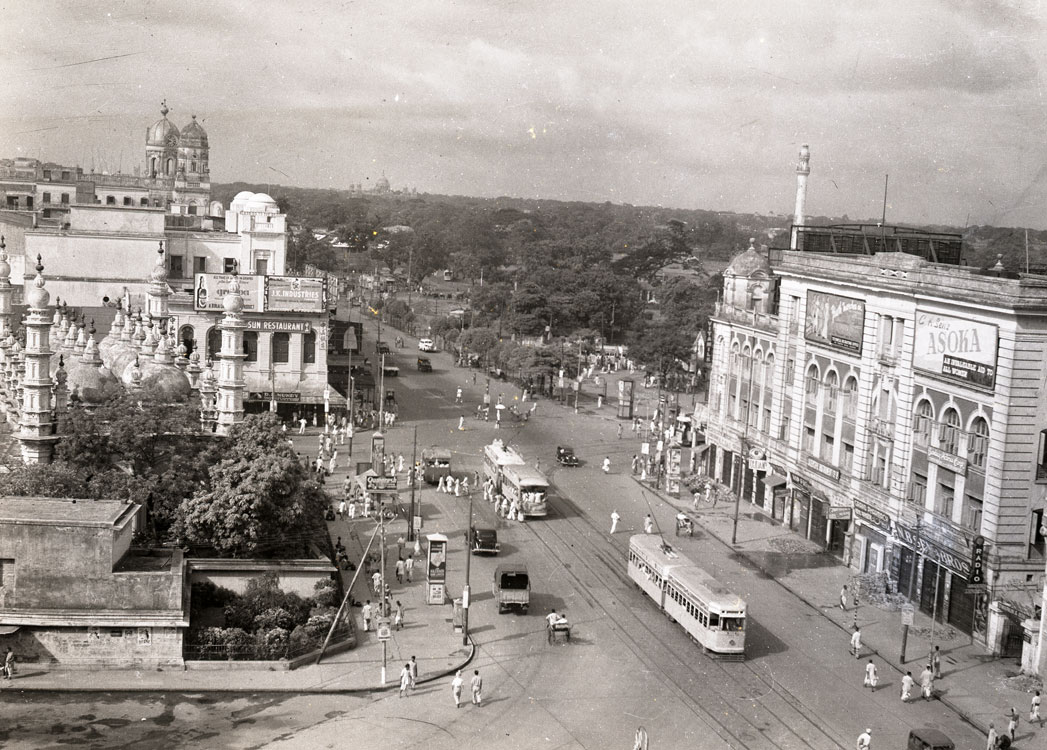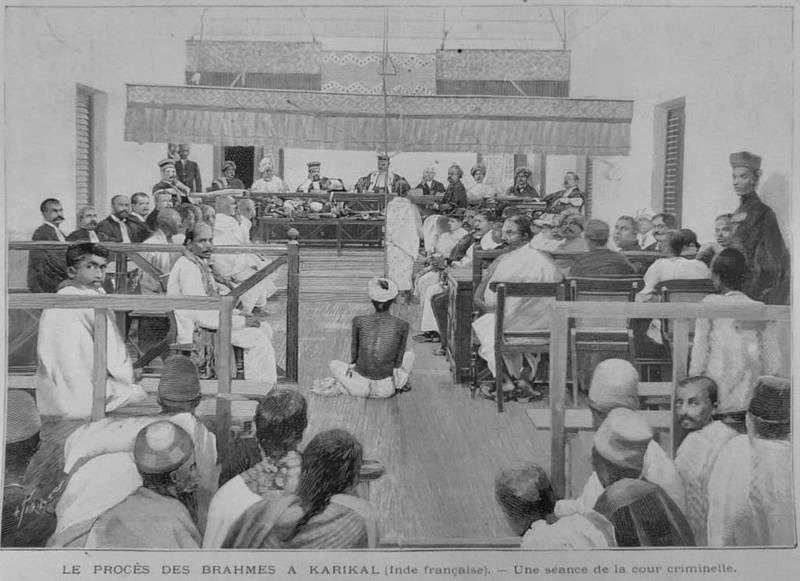Bengal's Charismatic Outlaw:
A long thread🧵🧵.
Who is the real Robin Hood of Bengal? Is he merely a common bandit, posing a threat to society and the system, or is he an unsung hero, often overlooked and forgotten by many? Join us on this journey for exploration.
A long thread🧵🧵.
Who is the real Robin Hood of Bengal? Is he merely a common bandit, posing a threat to society and the system, or is he an unsung hero, often overlooked and forgotten by many? Join us on this journey for exploration.

Just an ordinary afternoon in the Naihati police station during the late 19th century in Bengal. Inspector Durgacharan Chakraborty was discussing the rising problem of dacoits in the area with his subordinates. Suddenly, a fisherman entered the compound,
carrying a large basket on his head. He approached the inspector, placed the basket in front of him, and handed over a letter. The letter read, "Sir, as you could not attend my grandson's first rice ceremony, I am sending these two rohu fishes from my pond as a gift.
I will be obliged if you accept them." Inspector Durgababu was amazed by the kind gesture of the local zamidar and instructed the fisherman to keep the two gigantic rohu fish in his quarters. He then offered the fisherman a tip and asked him to convey his gratitude to his master.
A few days later, an anonymous letter arrived at the inspector's office. It read, "As per my promise, I met you a few days back. I hope you enjoyed the fishes. Your earnest servant, RAGHU DAKAT." Durgababu was taken aback and almost fell off his chair.
He quickly opened his drawer and, after searching for a few seconds, retrieved another letter from a month ago. The letter stated, "Sir, you seem worried about the activities of me and my gang. Don't fear, sir, I will personally meet you soon. Your earnest servant, Raghu Dakat."
No one is born a criminal; circumstances often shape the path one chooses, sometimes leading to extreme measures. Raghu's story is no different.
Raghu Ghosh (Acharjee) was born in the 1850s into a poor farming family in rural Bengal. Within a few years, the true nature of the indigo planters was revealed. They ruthlessly took away lands, subjected farmers and their families to inhumane torture, 
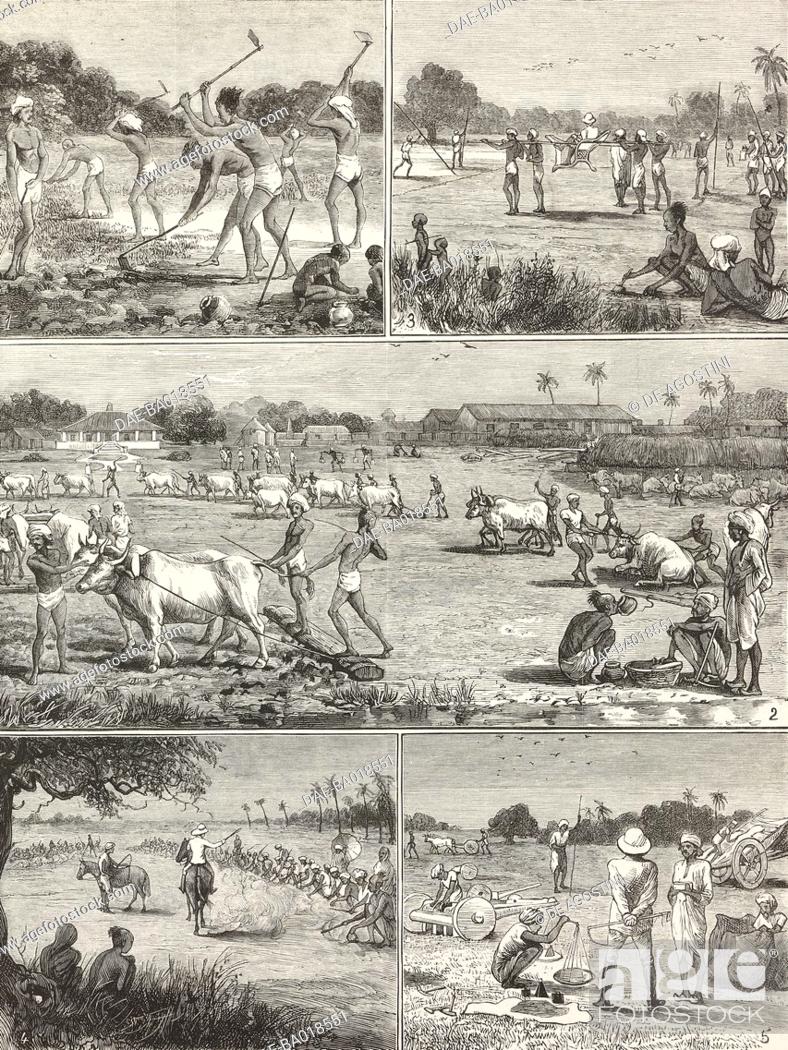
and committed various atrocities, all in the name of indigo plantation. The situation worsened rapidly. An Englishman eventually forced Raghu's father to give up his land. Refusing to agree, the farmer was violently beaten to death in front of the young boy.
Not only was his land taken away forcibly, but his family was also destroyed. Raghu witnessed everything alone, with no one there to help him. It was at this moment that he became determined to seek revenge, thus becoming the terror, a product of system's unintentional creation.
Raghu excelled in learning stick fighting and other forms of indigenous martial arts, such as sword fighting, spear throwing, and the use of various weapons. He also became skilled in wrestling and mastered the art of walking and running on long bamboo legs.
He established himself as a master of disguise and learned multiple dialects for effective communication. With a group of boys who were his friends, Raghu formed his own gang of dacoits possibly after being inspired from Bishe Dakat who was also a popular revolutionary & dacoit.
Over time, their numbers grew larger and larger. Raghu's primary objective was clear: he targeted the English indigo planters and police officers, followed by the local zamindars and their cohorts who were known for their extortion and betrayal of their own country and people. 
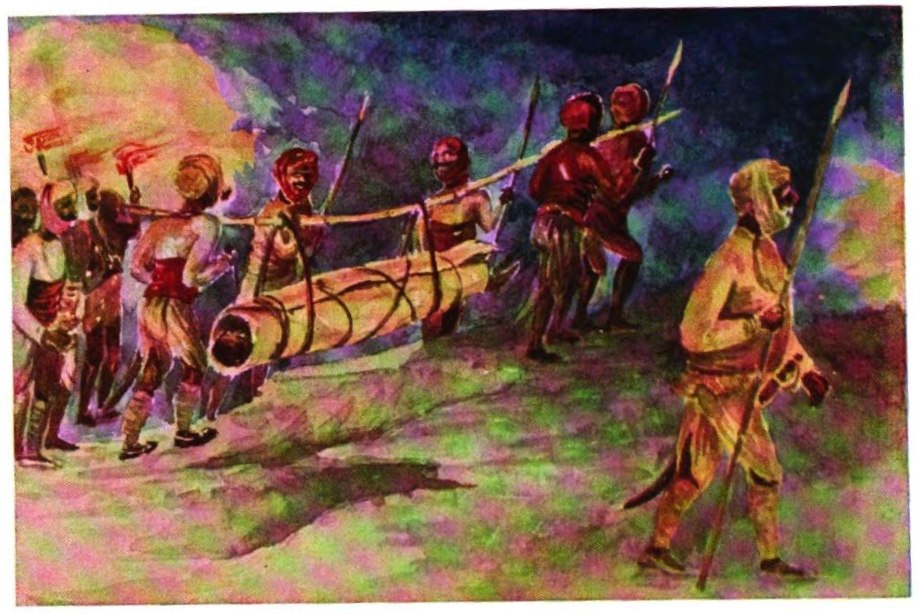
While he resorted to killing only when compelled to do so, Raghu primarily focused on looting his targets using innovative tactics. After each successful looting, Raghu allocated a small portion for the group's maintenance and distributed the rest among the farmers 
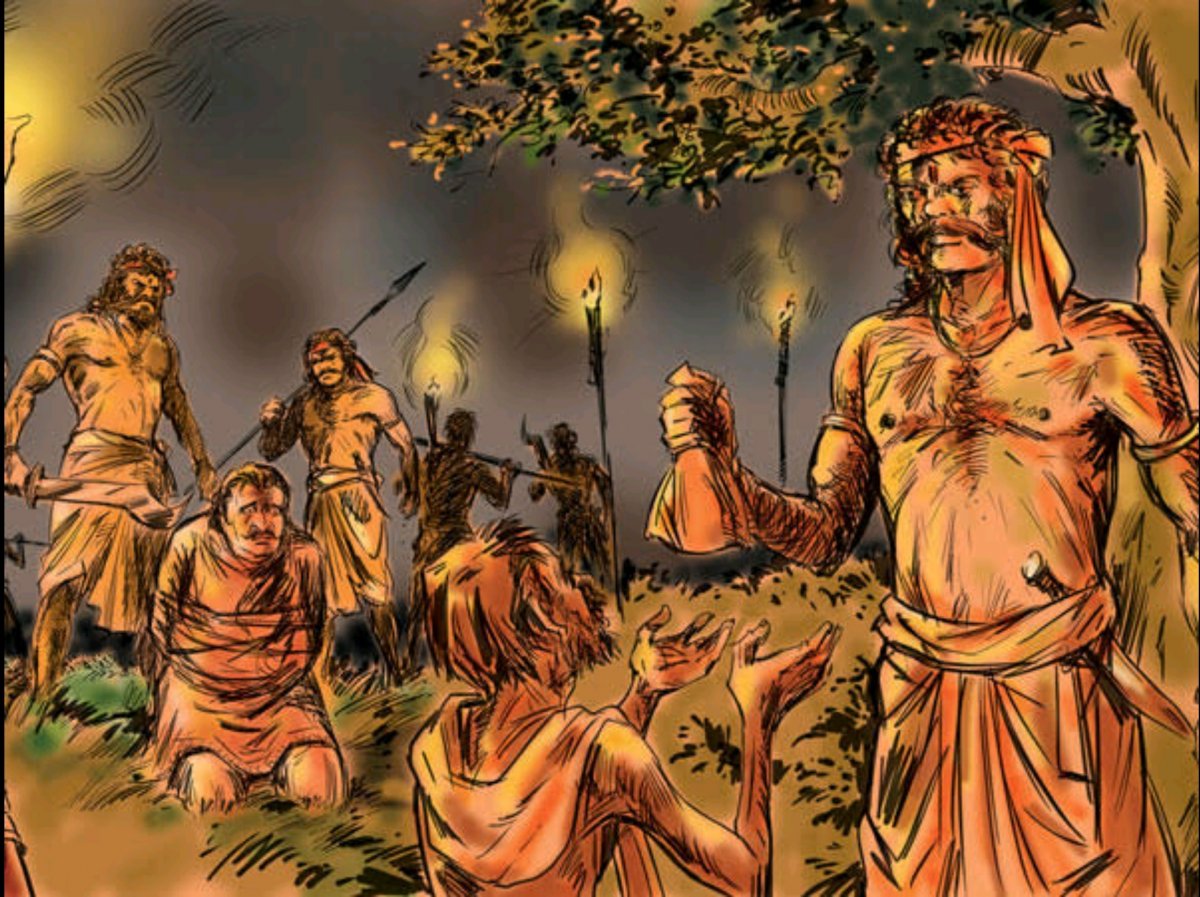
and impoverished individuals who had been subjected to torment and humiliation by the oppressive landlords. He took it upon himself to mentor and support the sons of those who had suffered similar fates. He destroyed multiple neelkuthis.
As Raghu's popularity among the villagers increased, he became a revered figure, almost a messiah, to them. This immense public support made it increasingly difficult for the authorities to bring him and his gang down. Every villager became his secret informant,
providing Raghu with invaluable information about the movements of the police and the zamindars, which made him virtually invincible. He became the Robin Hood of Bengal, championing the cause of the oppressed and distributing justice in his own unique way.
Raghu's activity area is debated, but various sources suggest that his main locations included both 24 Paraganas, Kolkata, Naihati, Hooghly, Nadia, Burdwan, Aatahash & parts of Murshidabad. He often sought safety in French colonies like Chandannagore to avoid the English police. 
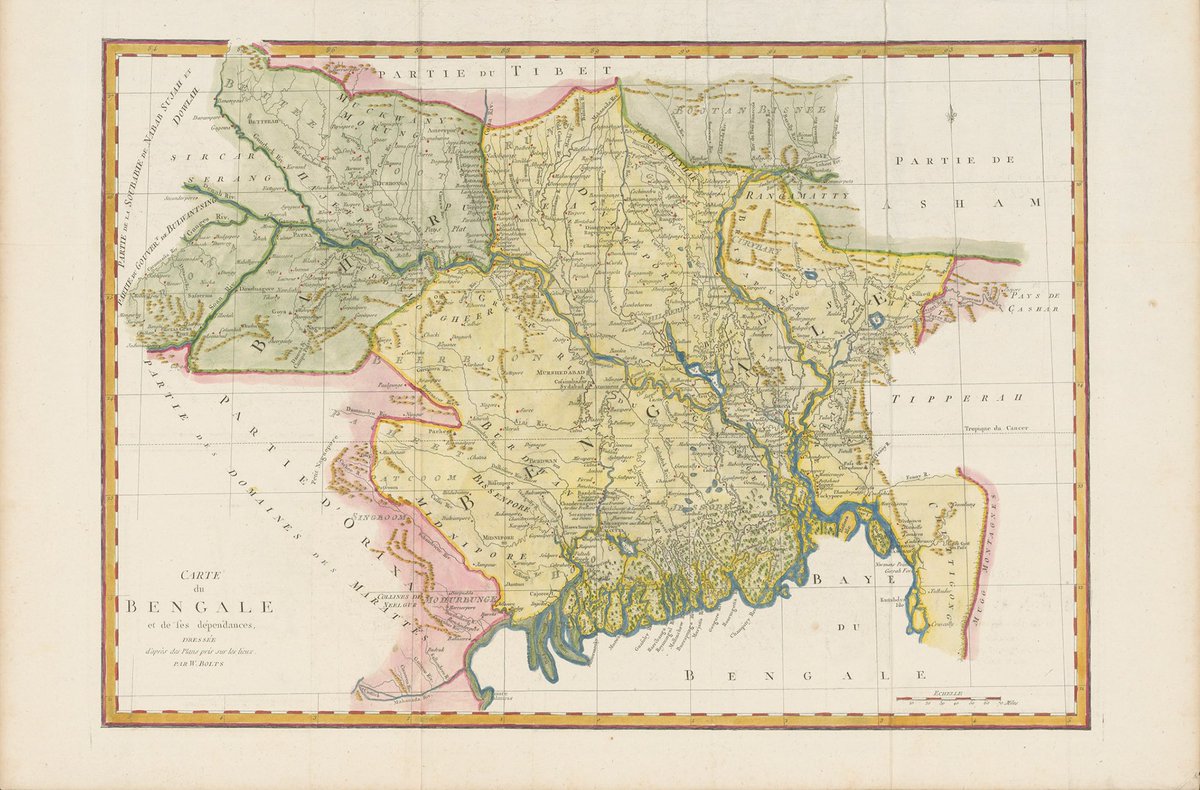
Some people say Raghu was from Cosseypur, where they claim his Kali temple is located. Another story suggests that Raghu operated his gang from Debipur in Hooghly, along with one of his cousins, but his network was extensive. 
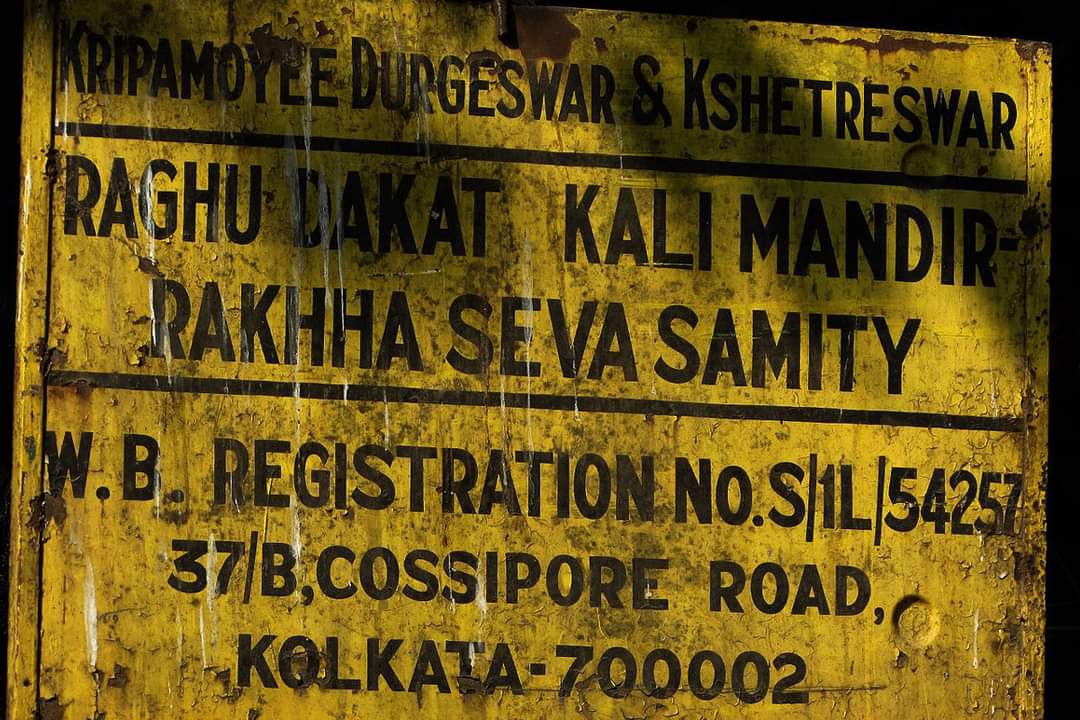
To capture Raghu & clan, the government issued a high alert across the districts. They opened special cells at every station for monitoring, there was a substantial reward offered, though unsuccessful. Durgacharan, Shibchandra were two officers assigned specifically to handle him
Raghu's confidence reached a whole new level during such times. He often sent letters to zamindars and police officers before embarking on a mission, informing them that he would soon be visiting their place for matters such as these,
especially targeting those who boasted that Raghu could do nothing to them. He was well-informed about the latest news and owned multiple boats. The skill of his troop was remarkably high, as they could travel up to 25 miles non-stop using bamboo legs.
They would leave their den late at night, accomplish their mission, & return before sunrise, demonstrating exceptional speed & agility. Among his group, Raghu had a special troop known as Shikaris, a tribe from Northern provinces who sought refuge in the forests of Krishnanagar. 

These individuals were highly skilled in hunting and climbing, possessing immense expertise in weaponry. Sometimes, Raghu sought refuge in the houses of villagers with whom he had a cordial relationship. He generously supported the expenses of hundreds of families,
Tales of Raghu's philanthropy spread far and wide. He was almost a Demi God to many. Additionally, stories about Raghu's clever evasion of the police and his latest plans were also widely popular.
A popular story recounts how Raghu fooled Zamindarbabu by purchasing a pan farm from him in a face-to-face meeting amidst police protection. In the night, he robbed his belongings and left a letter in his signature style
which stated, "Your property will now be distributed among your subjects, and thanks for selling me the farm. Yours, countryman Raghu Dakat." According to folklore, Raghu once had an unusual idea of establishing a village deep in a forest during the late hours of the night. 

He somehow managed to gather a few families to live there, and the village came to be known as Nishanagar. Raghu was an ardent devotee of Ma Kali & never forgot to worship the deity before going on a mission. He made it compulsory for his troop members to be worshippers of Kali, 

regardless of their religion. Allegedly, he constructed multiple Kali temples during his lifetime. The most popular one near Hooghly, known as Dakat Kali, still stands to this day. It is said that Raghu often performed human sacrifices there,
mainly targeting society's miscreants, wicked Englishmen, and those who had been treacherous towards the poor. However, an alleged incident at this temple changed his life forever.
Once, his men mistakenly captured a man who was traveling by boat nearby. When brought to the puja spot for sacrifice, the man pleaded with Raghu to let him sing a song as his last wish. Raghu agreed, and the man began singing,
"Tilek Dara Ore Somon, bodon bhore maake daki" (Wait for some time, my death, let me call my mother for the last time). It turned out to be Sadhak Ramprasad Sen. Listening to his song, Raghu broke down and envisioned his mother. 
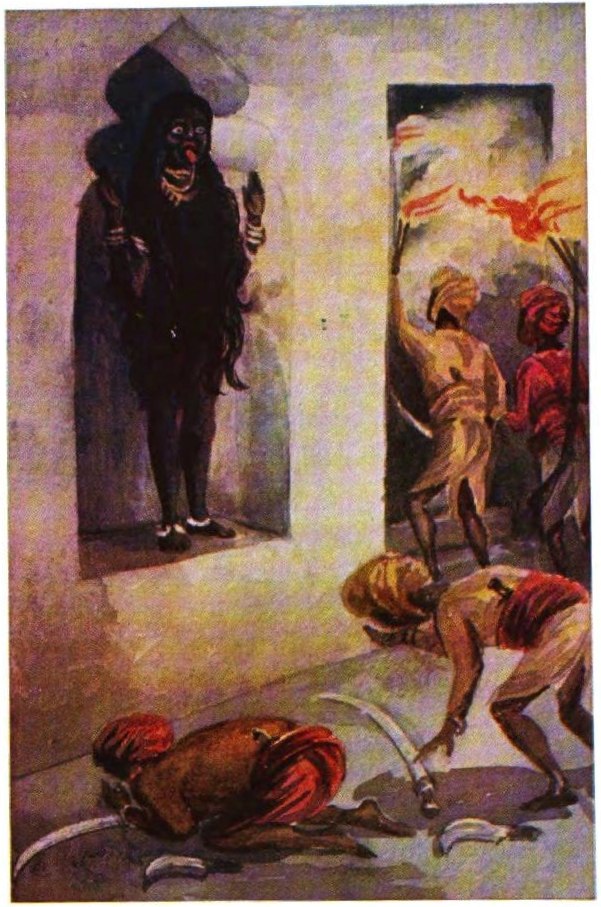
Ramprasad delivered some meaningful philosophical words to Raghu regarding his work and life, and Raghu became his disciple. Raghu learned poetry and scriptures from Sen. Gradually, he stopped committing robberies and killings, and that's how one night changed him.
Within a few years, Raghu completely separated himself from the troop and his network. Nobody knew where Raghu was or what he was doing. It is not clear whether he completely abandoned his previous profession and transformed himself into a different person
or if he continued leading his group in utmost secrecy, away from everyone's view. There are questions regarding this matter. Till date it is unknown what happened to Raghu Dakat. The terror of Bengal almost vanished all of a sudden.
The police never got hold of him, and they never knew where Raghu was staying during those days. Perhaps some people knew, but they never disclosed anything because Raghu was almost a father figure to them, always standing up for them.
He was a terror to the system, a source of life for many, and a voice and strength against oppression. Raghu Dakat's life is indeed a mystery. Not many records speak about him, some consider him as a myth, and there is very less, almost no recorded government proof,
but the roots of Bengal remember him for being the one who spoke against the evil indigo planters, the wicked landlords, and as a philanthropist-a changed man. Whether he was a hero or a bandit, Raghu Dakat was a rebel in himself. 
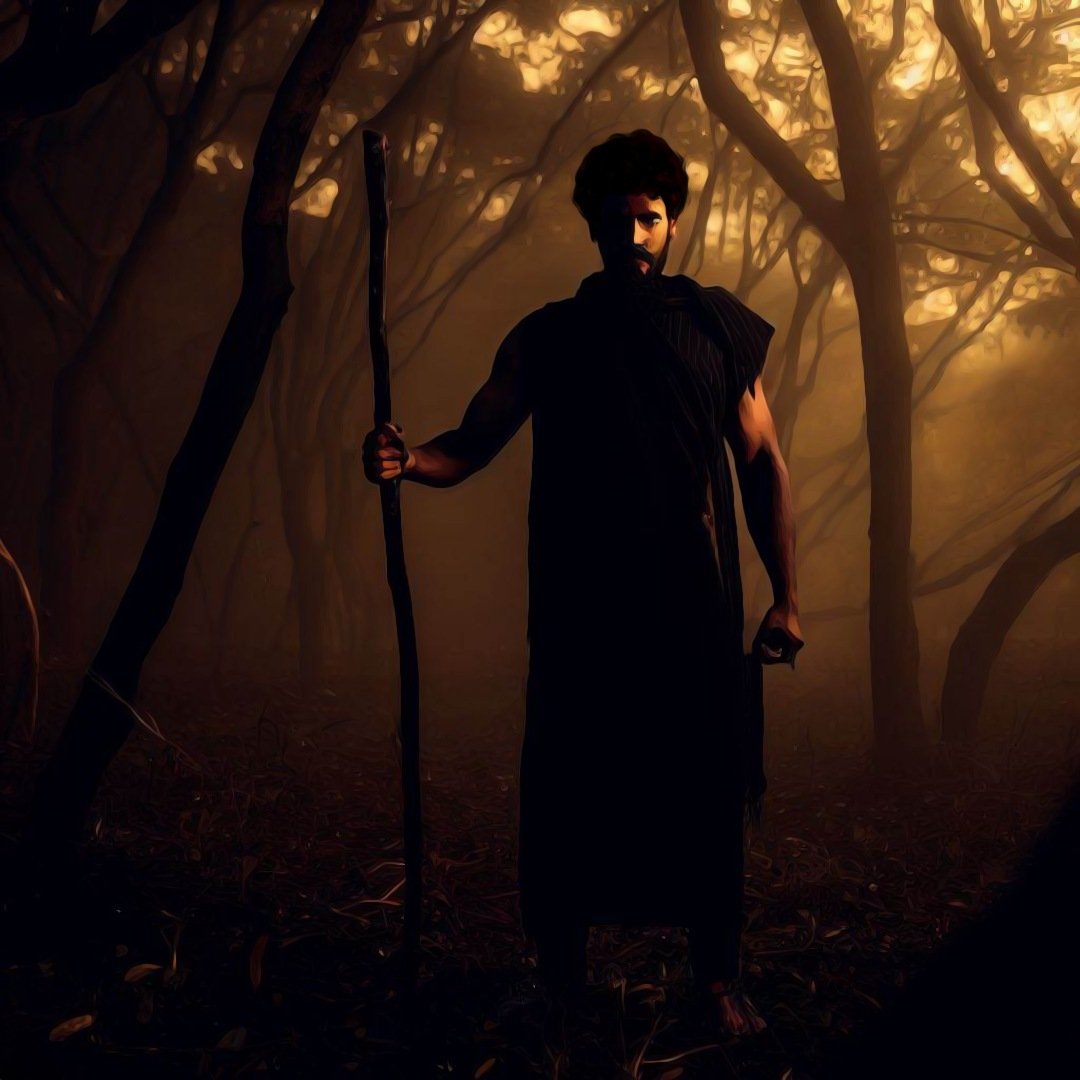
Disclaimer: Horekrokom does not endorse acts of robbery, theft, sacrifices, or any other events mentioned in the thread. Based on multiple writings by Yogendranath Gupta, Khagendranath Mitra, Dhiren Dhar, and other articles. Thank you for your cooperation.
END
END
• • •
Missing some Tweet in this thread? You can try to
force a refresh

 Read on Twitter
Read on Twitter





